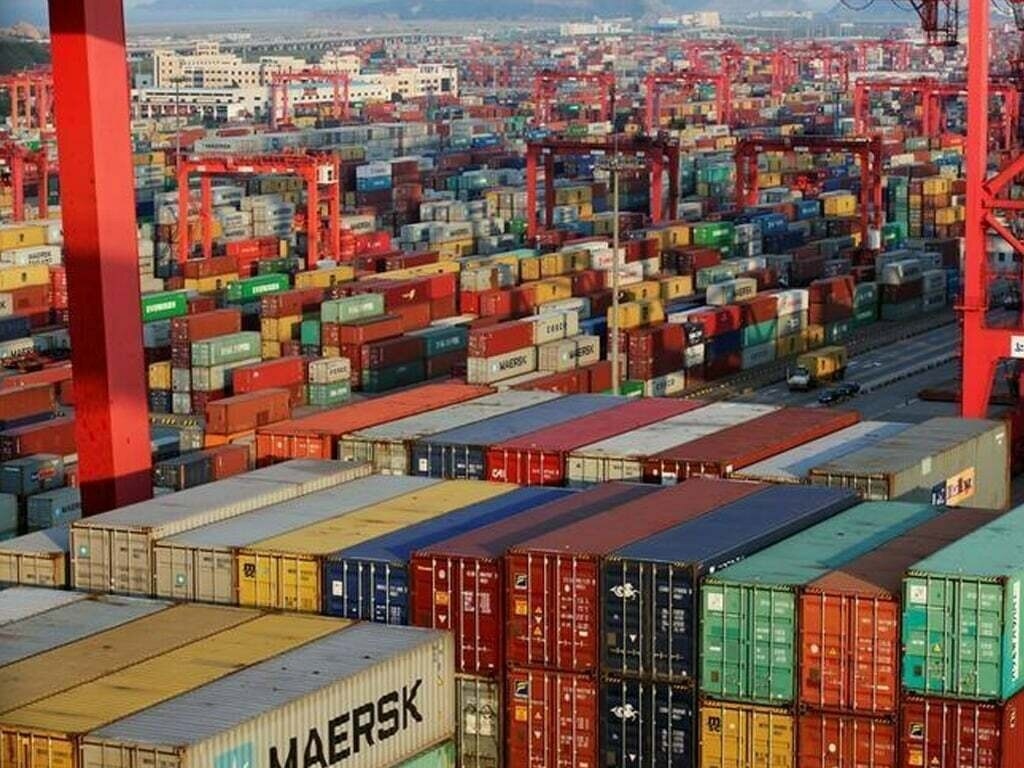The global textile industry is one biggest polluter and needs to focus on recycling and reducing the amount of clothing that finds its way into landfills and oceans, a Zero Waste conference sponsored by Metro Vancouver focused on this. To keep up with the latest fashion trends, today’s consumers buy clothes more often than they used to, and they don’t keep them long enough. The industry also has a large environmental footprint, extending from water use to sourcing materials to production and distribution. Microfibers from clothing are also finding their way into the ocean, posing a threat to marine life. As many as 2,000 fibers from fleece and polyester fabrics are released during a single washing cycle. Almost all of those find their way through municipal sewage systems to the ocean.
Microplastics can be ingested by plankton, invertebrates and other marine life forming the base of the food chain. Ingestion of plastics may also make organisms think they are full, causing them to starve. There are on an average more than 3,000 particles of plastic in one cubic meter of sea water in the Strait of Georgia.
The textile industry needs a major rethink on design, some entrepreneurial innovators who are going to look at how clothes are made, how they can be more efficient to create clothes that are more durable and don’t just end up in the landfill, and can have secondary and tertiary uses. The mixing of natural materials (such as cotton) with synthetics (such as polyester) creates added problems.
Focus on microfibers ocean polluters at Zero Waste conference in Vancouver
- 1
- 2
- 3
- 4
- 5
- 6
- 7
- 8
- 9
- 10
New EU EPR rules shake up global textile industry
A major shift in European Union policy is set to redefine the global apparel and textile landscape. The EU is... Read more
From Tariffs to Textiles: Dornbirn GFC highlights strains and solutions in globa…
The just concluded annual Global Fibre Conference in Dornbirn put forth a complex picture of the synthetic fibre industry. While... Read more
The end of de minimis, small businesses face a trade shock in America
When the US government moved to terminate the long-standing de minimis exemption, the duty-free threshold for low-value imports, it sent... Read more
Rise of Regional Fashion: BRICS+ Summit signals shift in global fashion power
The recently concluded BRICS+ Fashion Summit in Moscow was more than just a series of runway shows; it was a... Read more
Nomura Report: Asian exporters absorb tariffs, rethink supply chains
As global trade enters a period of recalibration, Asian exporters are bearing the brunt of escalating US tariffs while simultaneously... Read more
The Soul of Style: BRICS+ Fashion Summit weaves a new narrative of ‘Culture, Cra…
In a world where fast fashion often dominates, a different conversation took center stage in Moscow. The recently concluded BRICS+... Read more
Fashion's New Fit: Tailoring and alteration services stitch a story of growth
From the runways of Paris to the digital storefronts of global e-commerce, the fashion industry is changing. As consumers increasingly... Read more
Fashion's New Frontier: Designers and innovators redefine 'Brand' at BRICS+ Fash…
The global fashion landscape is undergoing a "tectonic shift," and the inaugural BRICS+ Fashion Summit, held in Moscow from August... Read more
Luxury brands swap leases for deeds as global real estate strategy shifts
Luxury fashion houses are increasingly choosing to buy, not rent, the world’s most coveted retail spaces, marking a sharp shift... Read more
STAR Network joins hands with Fashion Industry Charter for Climate Action to adv…
An inter-regional alliance of garment producer associations, The Sustainable Textiles of the Asian Region (STAR) Network, has reaffirmed its commitment... Read more











